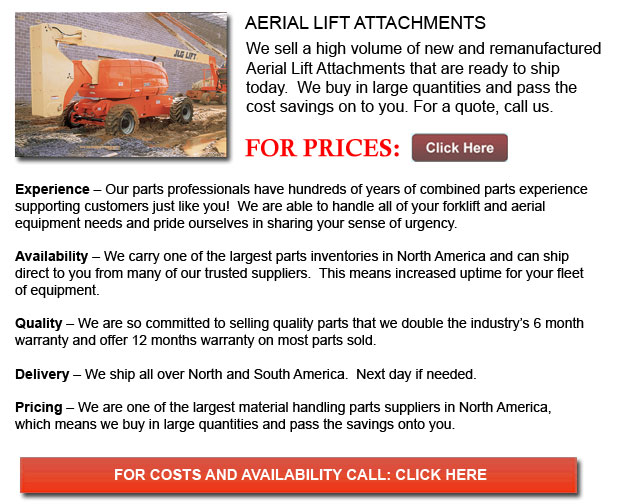
Aerial Lift Attachments - Aerial lift trucks can be used to accomplish a lot of distinctive tasks executed in hard to reach aerial spaces. Some of the duties associated with this style of jack include performing daily upkeep on buildings with prominent ceilings, repairing telephone and power cables, raising burdensome shelving units, and trimming tree branches. A ladder might also be utilized for some of the aforementioned jobs, although aerial hoists provide more safety and strength when correctly used.
There are a few distinctive versions of aerial lift trucks existing, each being capable of performing slightly different tasks. Painters will usually use a scissor lift platform, which is able to be used to reach the 2nd story of buildings. The scissor aerial lifts use criss-cross braces to stretch and enlarge upwards. There is a platform attached to the top of the braces that rises simultaneously as the criss-cross braces lift.
Container trucks and cherry pickers are another variety of aerial lift. They possess a bucket platform on top of a long arm. As this arm unfolds, the attached platform rises. Lift trucks use a pronged arm that rises upwards as the lever is moved. Boom lifts have a hydraulic arm which extends outward and raises the platform. All of these aerial platform lifts have need of special training to operate.
Through the Occupational Safety & Health Association, also labeled OSHA, instruction programs are offered to help make certain the employees satisfy occupational values for safety, machine operation, inspection and upkeep and machine cargo capacities. Workers receive certification upon completion of the classes and only OSHA licensed personnel should drive aerial platform lifts. The Occupational Safety & Health Organization has established guidelines to uphold safety and prevent injury while utilizing aerial hoists. Common sense rules such as not using this apparatus to give rides and making sure all tires on aerial platform lifts are braced in order to prevent machine tipping are mentioned within the rules.
Unfortunately, statistics expose that more than 20 aerial lift operators pass away each year when operating and almost ten percent of those are commercial painters. The majority of these accidents were brought on by inappropriate tie bracing, for that reason many of these may well have been prevented. Operators should make sure that all wheels are locked and braces as a critical security precaution to stop the instrument from toppling over.
Marking the neighbouring area with noticeable markers need to be utilized to protect would-be passers-by so that they do not come near the lift. Also, markings must be placed at about 10 feet of clearance between any electric lines and the aerial hoist. Lift operators must at all times be properly harnessed to the hoist when up in the air.
![]() Click to Download the pdf
Click to Download the pdf
Forklift Parts
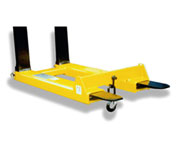
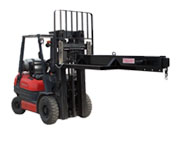
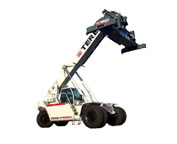
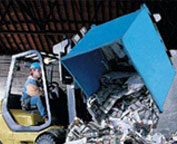
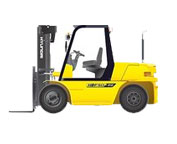
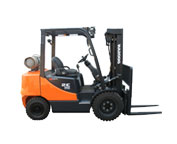
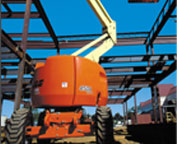
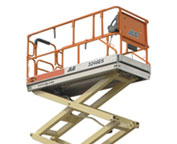
Lift Parts Express
TOLL FREE: 1-888-695-7994
Penticton, British Columbia
forkliftpartspenticton.ca
Email Us
About Us


